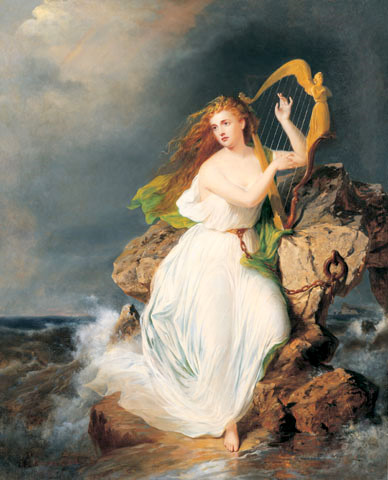Leggi in italiano
Mise Éire is a short poem in Gaelic, about afflicted Ireland, writtne by Patrick Henry Pearse (Pádraic Mac Piarais or Pádraig Pearse) wrote in 1912 and the Easter Uprising was to came. It’ll be Pearse who read the proclamation of the Irish Republic on the steps of the Post Office occupied by the rebels. His death along with that of his companions on that Easter of Blood of 1916 will be the prelude to the Irish War of Independence (1919-1921)
In 1959 George Morrison made a documentary film about the foundation of the Republic of Ireland that, recalling it to the Pearse poem, he entitled “Mise Éire”: it was a long work of research and cataloging from the newsreels, period films, photos of key figures such as Pádraig Pearse, James Connolly, Éamon de Valera and Michael Collins, to giving back through the reassembly of archival material, a crucial historical period for Irish independence from 1896 to 1918, a twenty-year period that saw the flowering of both political nationalism and Irish culture, the Gaelic League and the Gaelic Athletics Association, the Abbey Theater of WB Yeats and Lady Gregory which ends with the electoral victory of the Sinn Féin party.
The orchestral soundtrack (for the first time combined with an Irish feature film) was entrusted to Seán Ó Riada, who arranged the traditional Irish music and the sean-nós songs (‘old style’) with a classical style.
Among the many traditional melodies he also rearranged “Róisín Dubh” renamed as title track “Mise Éire”. Róisín Dubh (= little black rose) is Rosalinda, a young girl named Little Rose is the allegory of Ireland, a codeword coined at the end of the sixteenth / early seventeenth century to identify Ireland with a Black Rose, ideally contrasted to the Red Rose of the Tudor House (the Lancaster rose).

Mise Éire
But Pearse poem had remained in the background despite hitting target with the title, it will be Patrick Cassidy on the occasion of the centenary of the Easter Uprising, to write his tune for “Mise Éire”, staged for RTÉ ONE with RTÉ Concert Orchestra and sung by the young Irish singer, Sibéal Ní Chasaide
Sibéal Ní Chasaide live ( in “1916 The Irish Rebellion”, 2016)
Mise Éire: Sine mé ná
an Chailleach Bhéarra
Mór mo ghlóir: Mé a rug
Cú Chulainn cróga.
Mór mo náir: Mo chlann féin
a dhíol a máthair.
Mór mo phian: Bithnaimhde
do mo shíorchiapadh.
Mór mo bhrón: D’éag an dream
inar chuireas dóchas.
Mise Éire: Uaigní mé ná
an Chailleach Bhéarra.
I am Ireland (1): I am older than
the old woman (2) of Beare.
Great my glory: I that bore
Cuchulainn, the valiant.
Great my shame: My own children
who sold their mother.
Great my pain: My irreconcilable enemy
who harrasses me continually.
Great my sorrow That crowd,
in whom I placed my trust, died.
I am Ireland: I am lonelier than
the old woman of Beare.
(1) “Just Speak Your Language”
(2) Cailleach Bheara cailleach= “veiled one” she is an ancient goddess also revered in Scotland and the Isle of Man. She is associated with Winter, and the creation of the landscape – in particular the cliffs – and with the stone burial mounds. In the aisling song, Ireland is represented as a girl with the appearance of a goddess, but already in the eighteenth-century song Caitilín Ní Uallacháin Ireland is compared to a “poor old woman” (Sean-Bhean bhocht) Ms. Katty Hualloghan – Cathleen or Kathleen Nì Houlihan-, owner of four green fields (ie the four provinces where Ireland is traditionally divided).
FONTI
https://www.theballadeers.com/ire/oriad_m2006_mise.htm
https://aliisaacstoryteller.com/2017/06/12/who-was-the-old-woman-of-beare/
http://ifi.ie/film/mise-eire/
http://www.itastreaming.online/film/19383-mise-%C3%89ire-1959-streaming-subita.html
http://www.irishpage.com/poems/miseeire.htm
https://quinteparallele.net/2017/03/20/ceol-na-heireann-musiche-classiche-dirlanda-in-sean-o-riada/
